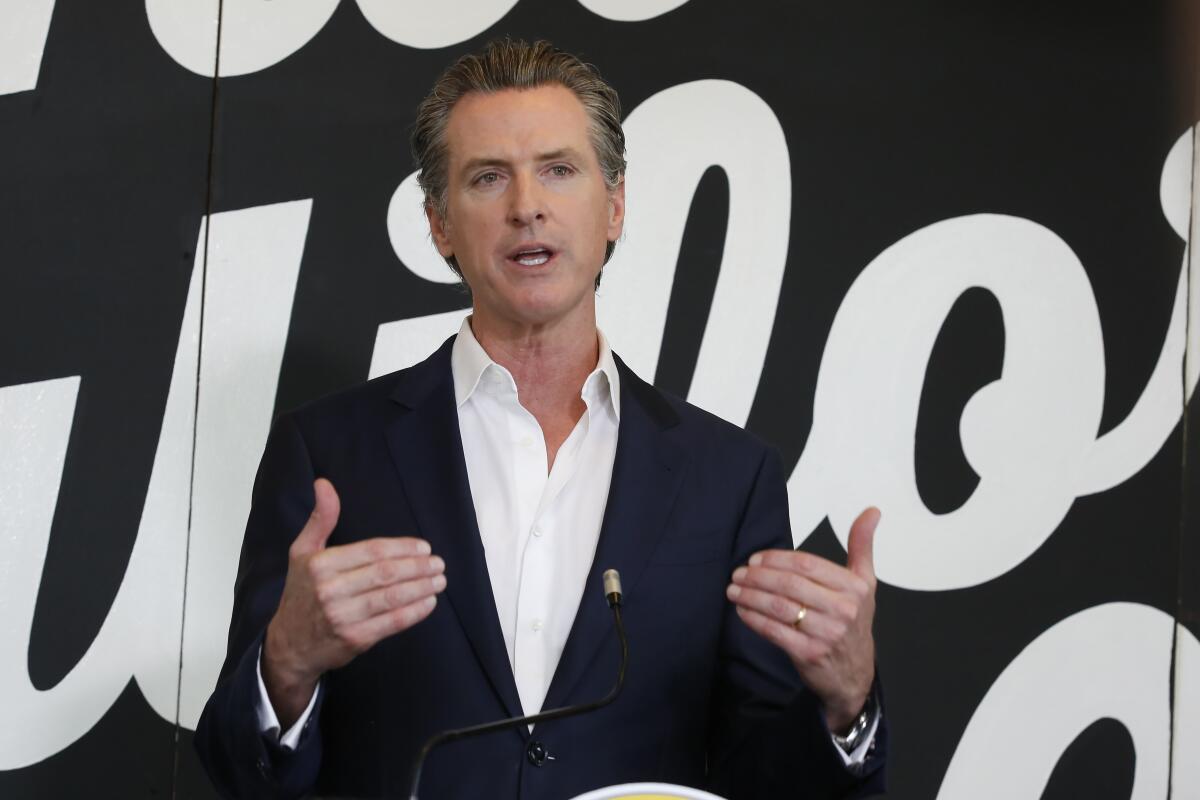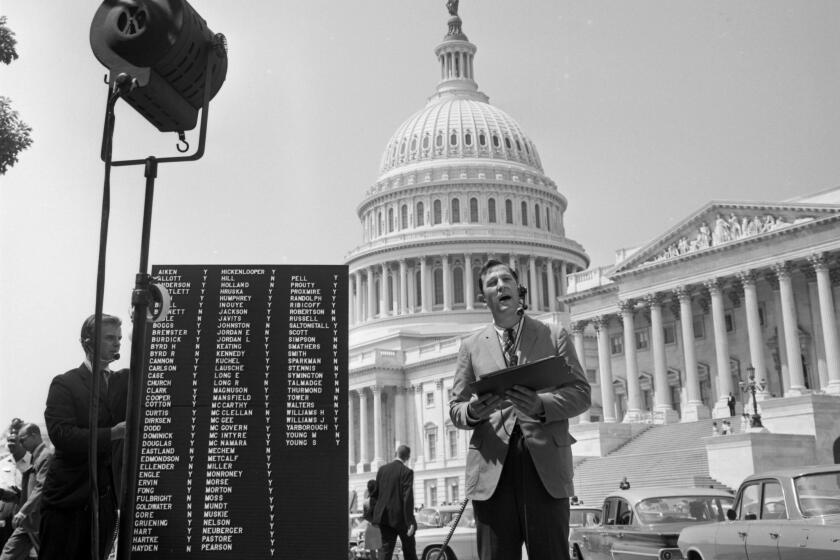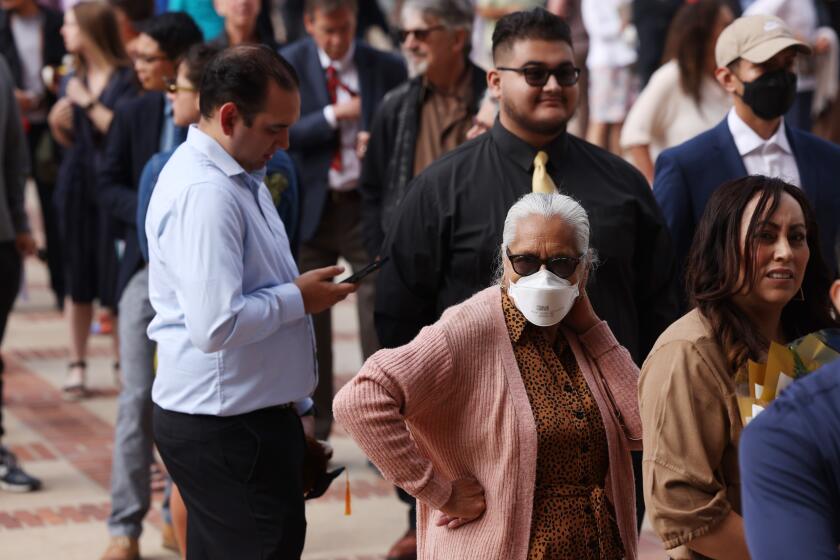Editorial: California was ready for a recession, but nothing could have prepared it for coronavirus

California officials offered a grim preview Thursday of what the COVID-19 pandemic could do to vital state programs and services, forecasting that legislators will face a $54-billion budget gap for the current fiscal year and the next one, which starts July 1. That’s about 10 times the size of the surplus the finance department was predicting when Gov. Gavin Newsom unveiled his budget proposal for fiscal 2020-21.
The chilling report recalls the enormous budget gaps of the Schwarzenegger era, which shredded the state’s safety net and led to painful cuts to education, transportation and other programs that all Californians value. The forces wrecking the current budget, though, have little in common with those at work more than a decade ago, when a Wall Street meltdown combined with shortsighted and gridlocked politics to push the state into a hole its leaders couldn’t fill.
The good news is that officials and voters spent much of the last decade putting California’s fiscal house in order, shoring it up for the inevitable recession. The state still has its challenges, particularly its unfunded liability for retiree benefits. But no longer must state budgets be approved by a two-thirds vote in the Legislature, ending the minority party’s ability to block or demand ransom for approving responsible fiscal policies. Meanwhile, led by former Gov. Jerry Brown and then by Newsom, the state has gradually eliminated the “wall of debt” — accumulated through years of borrowing from funds reserved for schools and other programs — and it has set aside billions of dollars in reserve.
The bad news is that the current downturn dwarfs anything the state was prepared to handle. As big as the state’s vaunted rainy day fund is — $16.5 billion as of the end of March — it represents only 7% of the total state budget. And it’s politically dicey to have a surplus much larger than that without triggering a voter rebellion. That’s how the state ended up with Proposition 13 in 1978.
The rainy day fund will help ease the current budget pain, as will the large amount of unspent cash the state could conceivably borrow from state programs and special funds (more than $21 billion as of March 31). Any belt-tightening the state does amid the current downturn, though, will act only as a brake on the economy. And the budget woes won’t magically disappear, even if the state’s economy starts growing again later this year, as the Department of Finance predicts.
The best hope for California, as for the rest of the country, is a safe exit soon from the restrictions imposed to combat the pandemic. “Safe” is as important as “soon,” given the potential for a resurgence of COVID-19 that forces us back into lockdown. In the meantime, the federal government needs to offer more help to state and local governments so that crucial public health, public safety and economic support programs can continue.
President Trump and other Republicans have argued that federal taxpayers shouldn’t have to bail out state and local governments from their own wasteful mistakes. But California represents the opposite: a state that fixed itself and prepared responsibly, only to be overwhelmed by a pandemic that knows no borders. The fact that California is on much firmer ground than it used to be doesn’t mean it can get through this mess without help.
More to Read
A cure for the common opinion
Get thought-provoking perspectives with our weekly newsletter.
You may occasionally receive promotional content from the Los Angeles Times.






